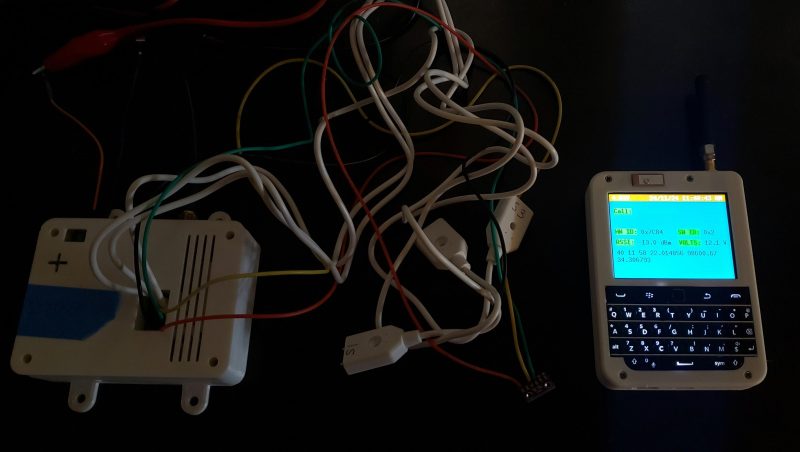[Stephen] has a basement that depends on a sump pump. What that means is if the pump fails or the power goes out, the basement floods—which is rather undesirable. Not wanting to rely on a single point of failure, [Stephen] decided to build a monitor for the basement situation, which quickly spiralled to a greater degree of complexity than he initially expected.
The initial plan was just to have water level sensors reporting data over a modified CATS packet radio transmitter. On the other end, the plan was to capture the feed via a CATS receiver, pipe the data to the internet via FELINET, and then have the data displayed on a Grafana dashboard. Simple enough. From there, though, [Stephen] started musing on the possibilities. He thought about capturing humidity data to verify the dehumidifier was working. Plus, temperature would be handy to get early warning before any pipes were frozen in colder times. Achieving those aims would be easy enough with a BME280 sensor, though hacking it into the CATS rig was a little challenging.
The results are pretty neat, though. [Stephen] can now track all the vital signs of his basement remotely, with all the data displayed elegantly on a nice Grafana dashboard. If you’re looking to get started on a similar project, we’ve featured a great Grafana guide at a previous Supercon, just by the by. All in all, [Stephen’s] project may have a touch of the old overkill, but sometimes, the most rewarding projects are the ones you pour your heart and soul into!
















” [Stephen] can now track all the vital signs of his basement remotely, ”
Radon?
Carbon monoxide?
Sewer gas?
Rodents?
Seems like a great way to get super powers, which I won’t complain about!
My house is heated via heat pump + resistive heating (:
I’m on a septic tank so that shouldn’t be a concern!
They’ll eat the wires and it’ll show up on my uptime graph (:
All bases covered, I like your style!!
Agree!
An old drafty house can let some of the radon, sewer gas, and carbon monoxide escape. The rodents can leave the same way they came in.
Septic tanks also produce sewer gas (methane).
45 years ago I helped my Dad build a photographic darkroom under our house. We had to jackhammer it down 5′ deep out of the sandstone bedrock (in Sydney, Australia). We concreted the floor and walls (4″ thick) and used polythene water sheeting but it still slowly filled with water over the course of a week.
So the solution was to bore a 5″ hole in the corner down another 2′ below floor level and use a simple float attached to a mechanical hysteresis switch to drive a small water pump which would run for a couple minutes. Problem solved and the room now stayed dry but the pump would go off at any random time (usually once every two days, or more frequently during rainy periods) and it wasn’t the quietest, especially when it was 3am in the morning.
Of course a lot of this capability is available commercially. I have a number of off-the-shelf cheap zigbee and Z-Wave sensors scattered around my own basement monitoring temperature and dampness, both for monitoring and for controlling the heating tape wrapped around my most vulnerable pipe. The system might be more robust if I made the effort to talk to the sensors directly, but I have other projects hanging fire before that one so I’m content to buy it for now.
I still need to finish taking over control of my mini-split, for example. Hardware is in place, I just need to make time to deal with the software.
“which quickly spiralled to a greater degree of complexity than he initially expected” yet again the sign of a true hacker
But does it detect squatters?